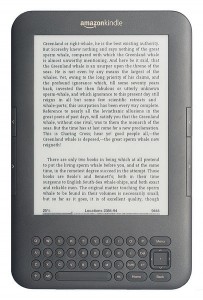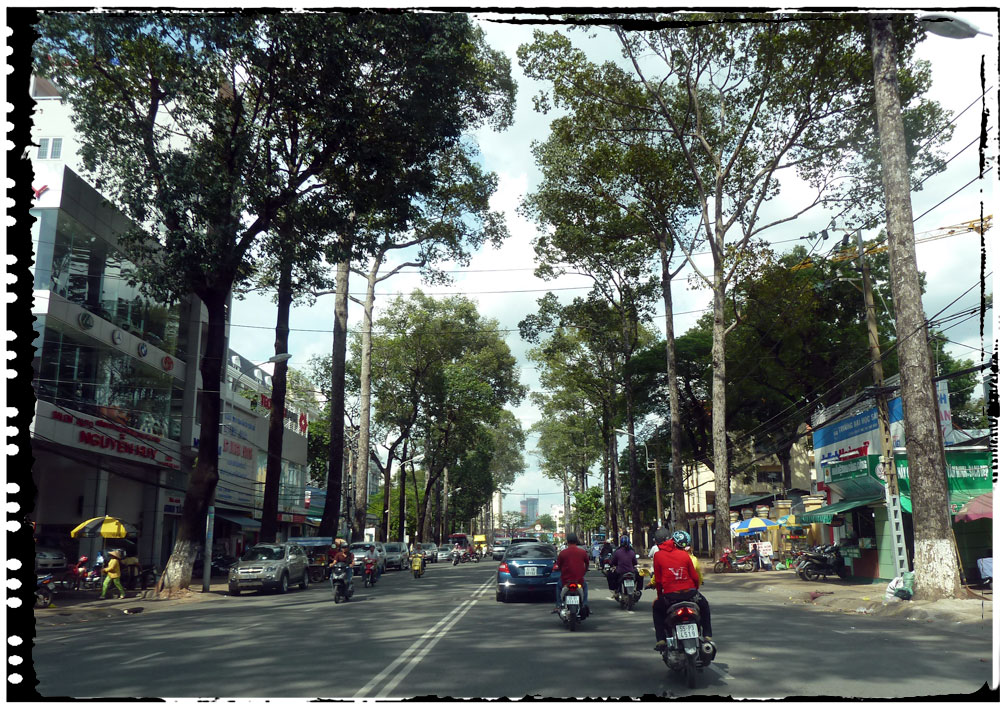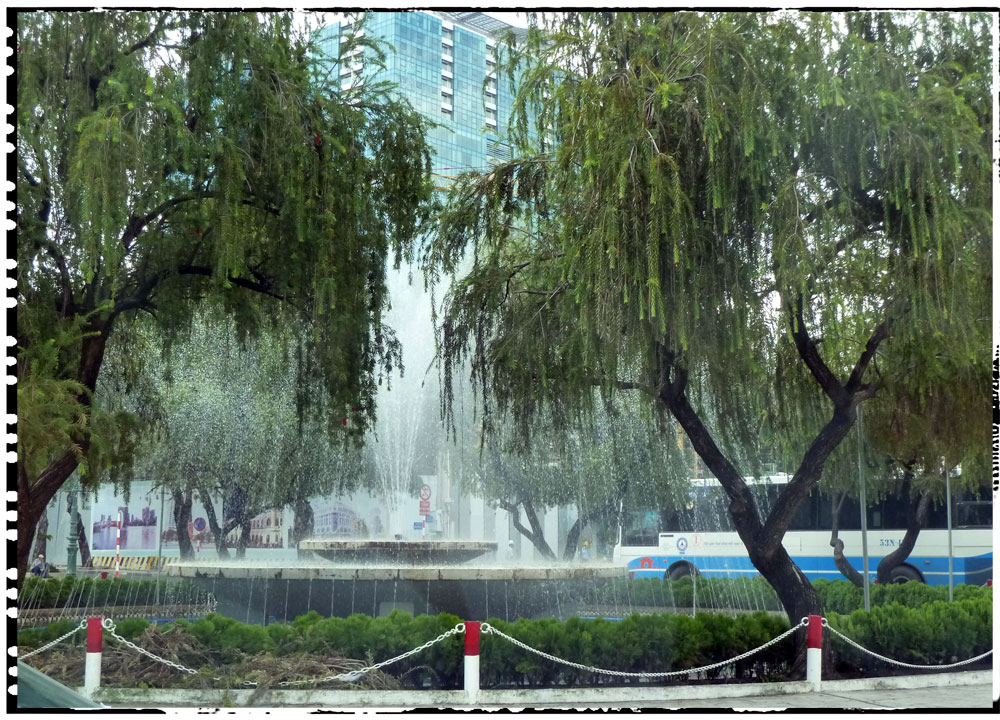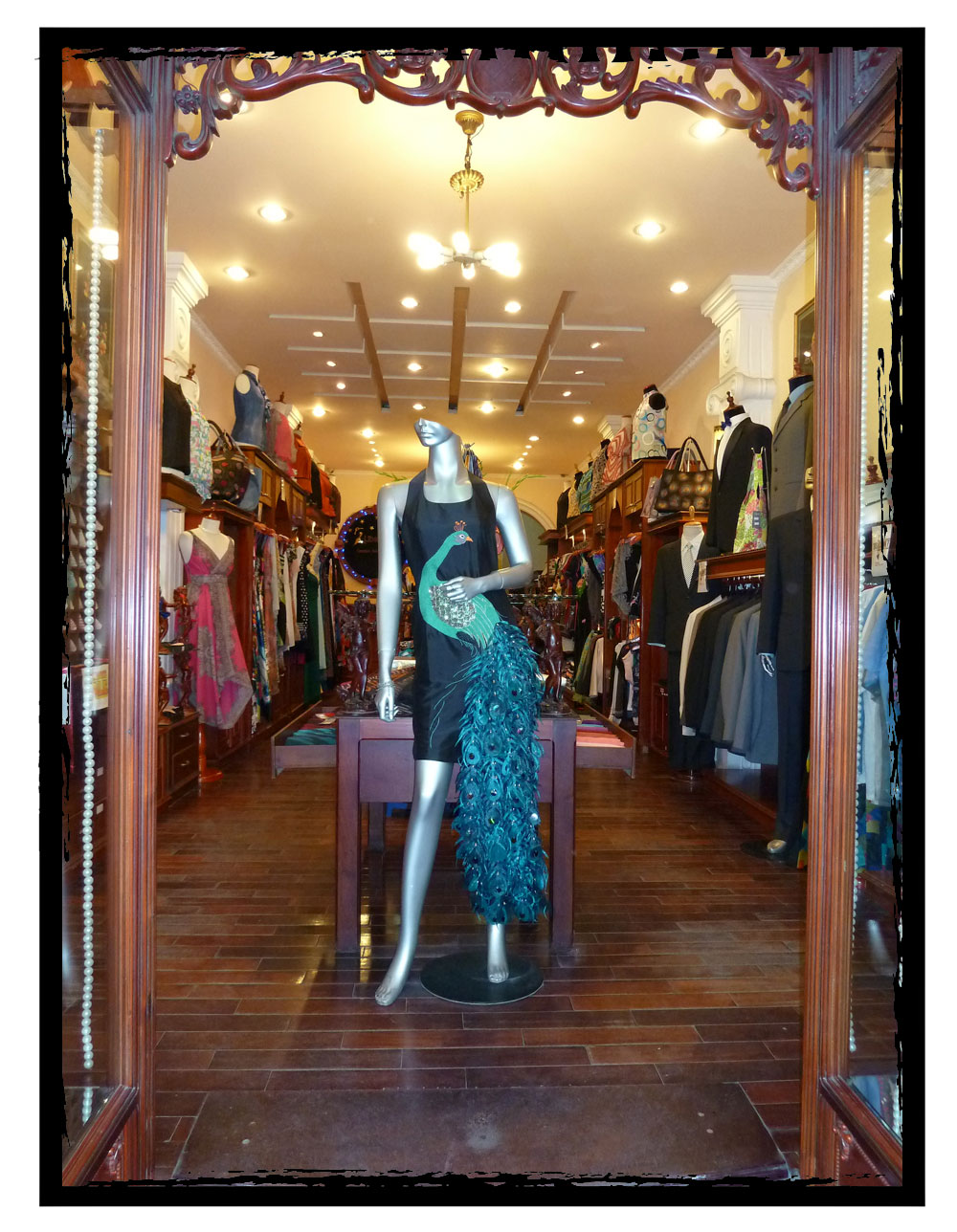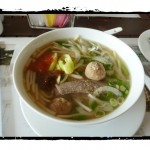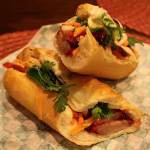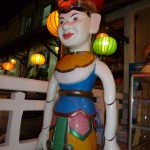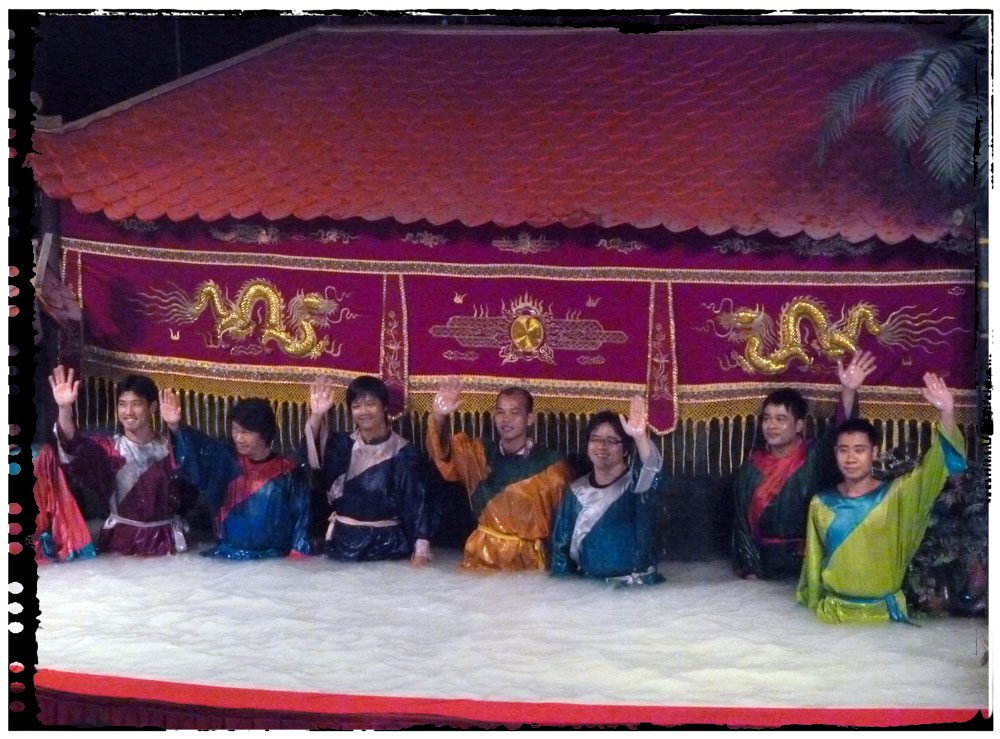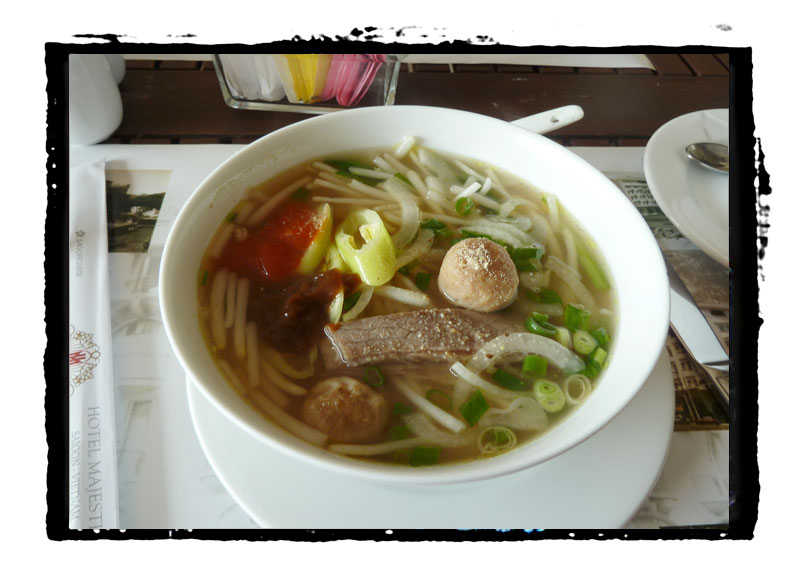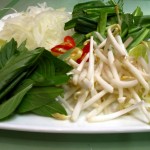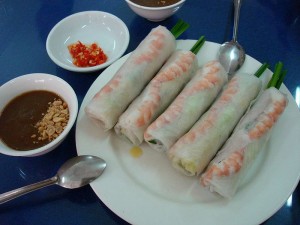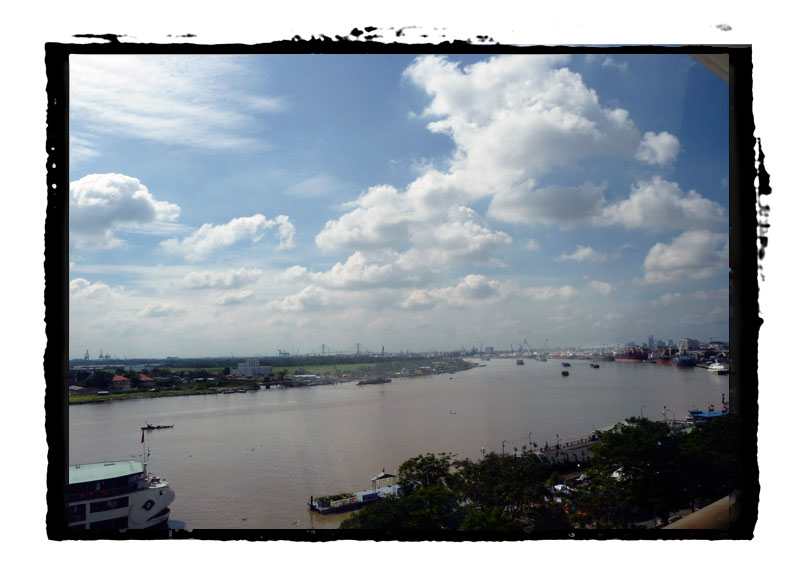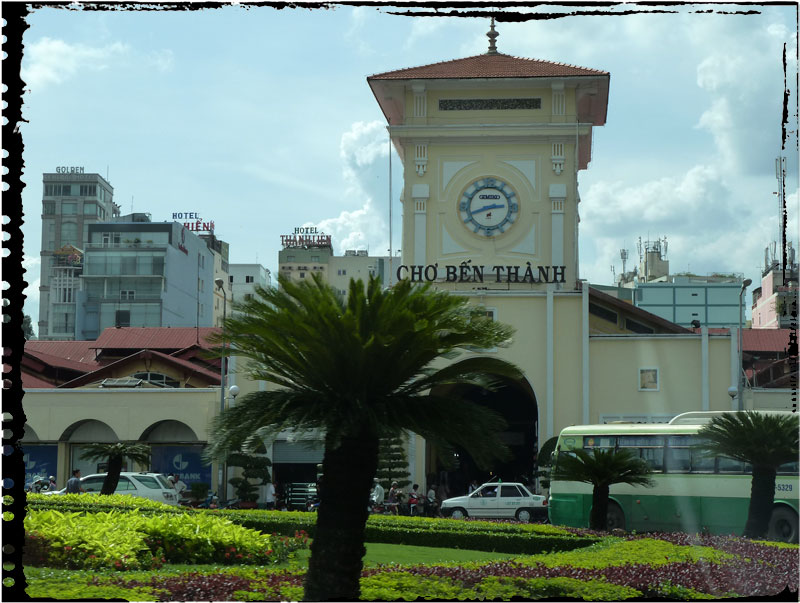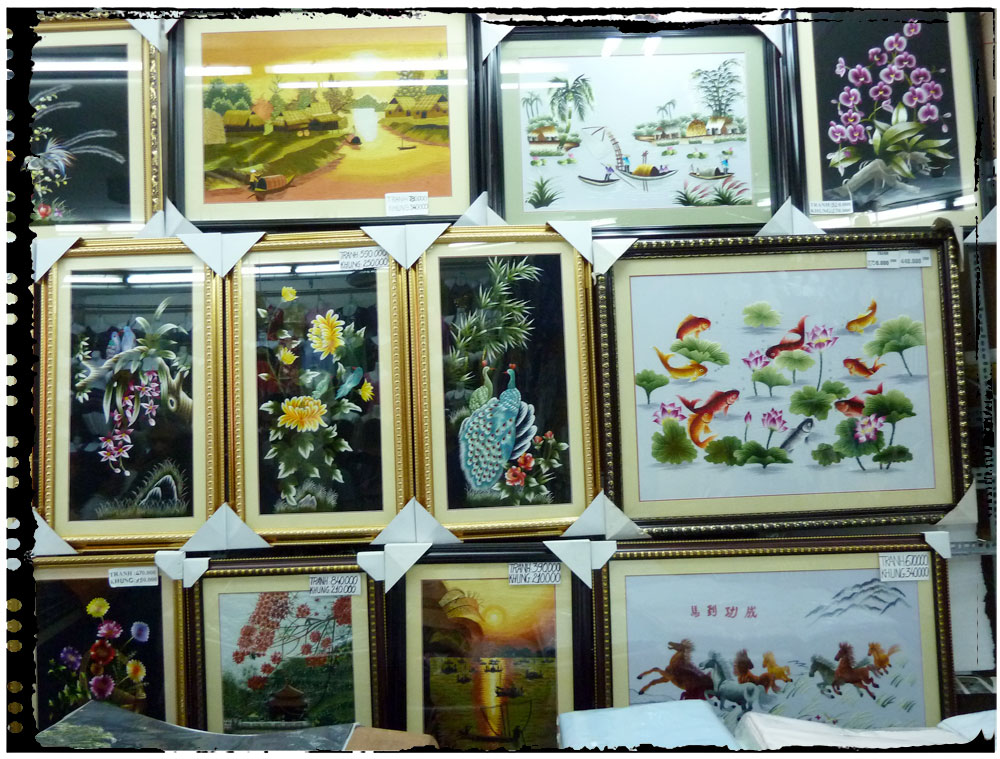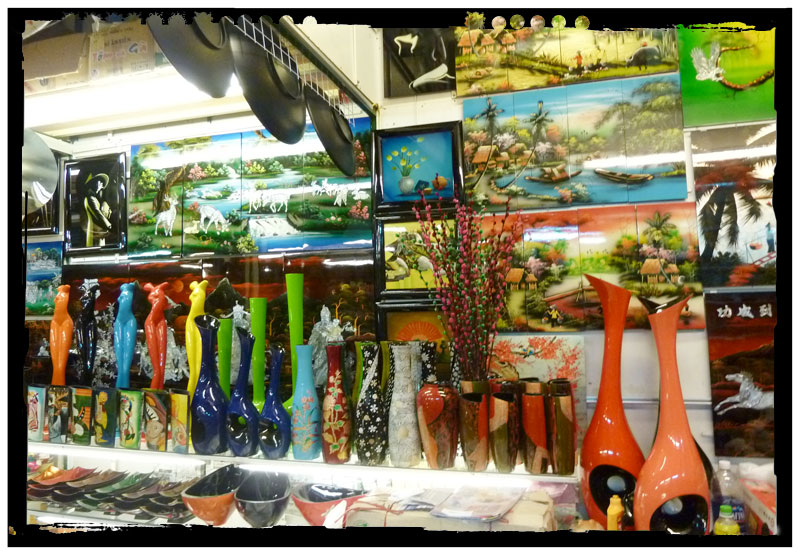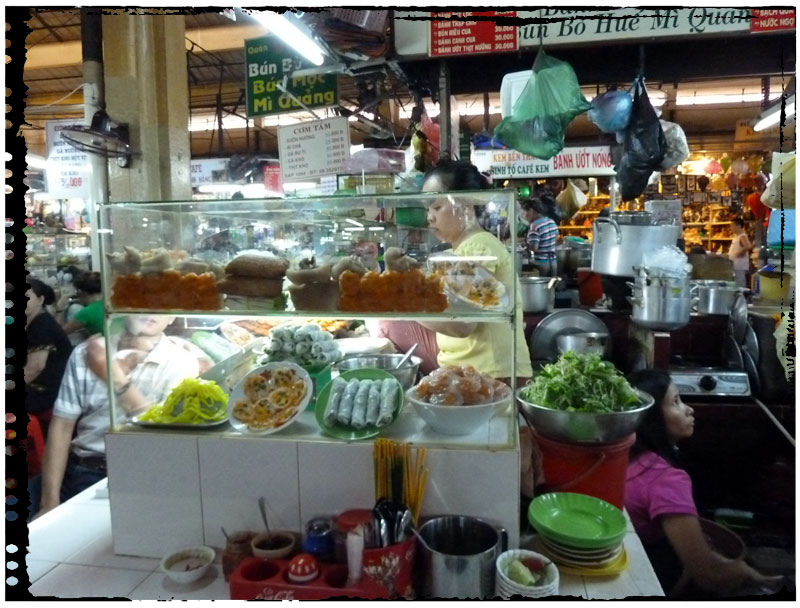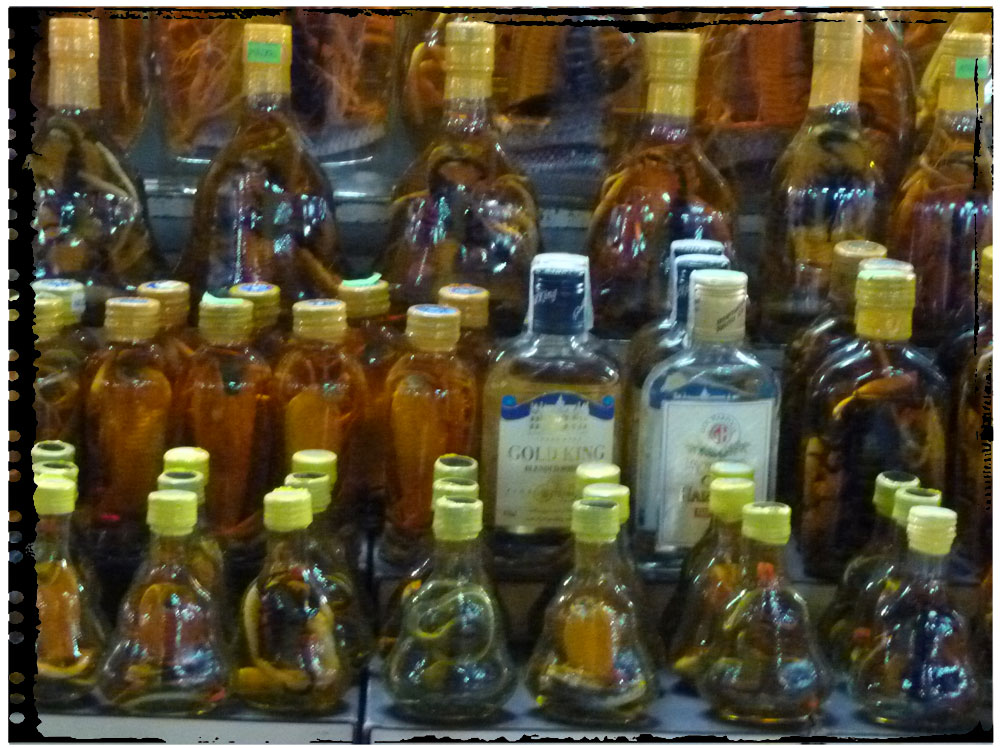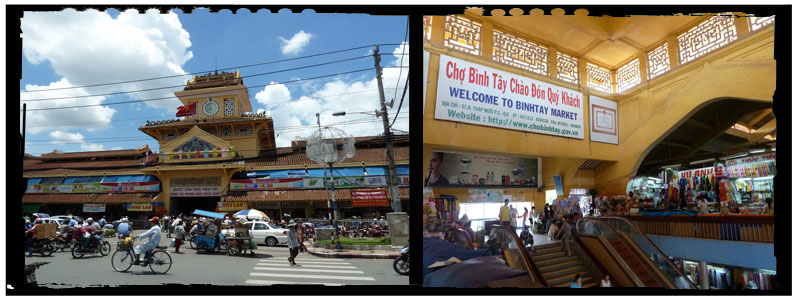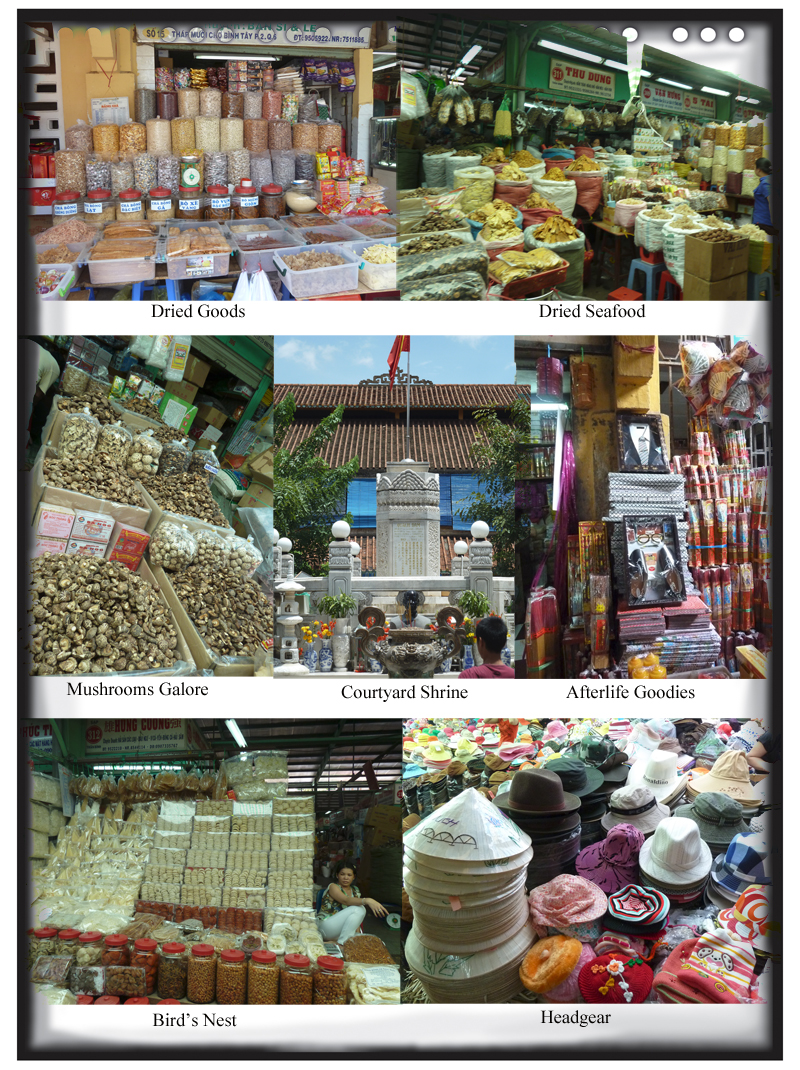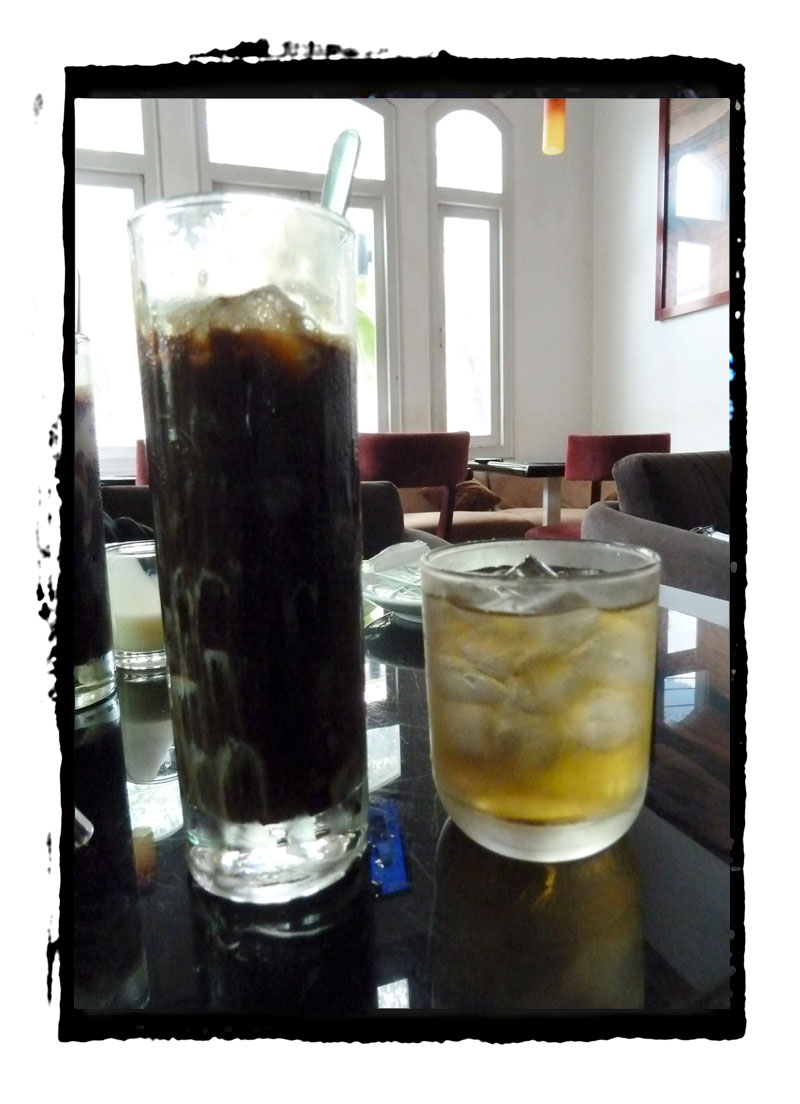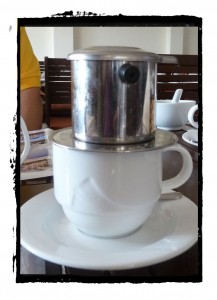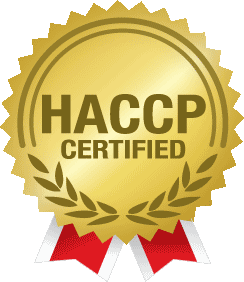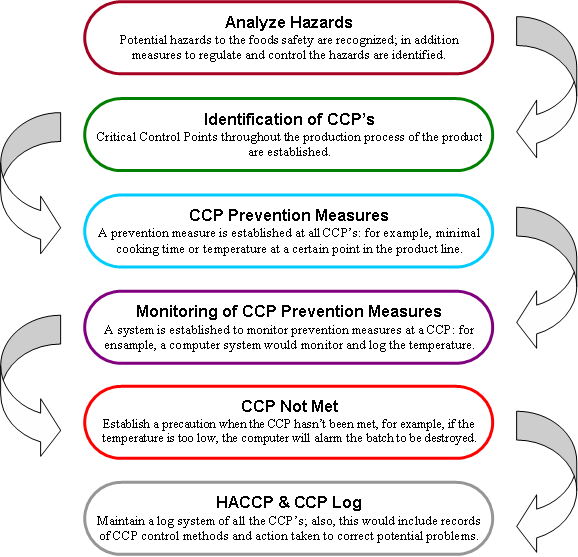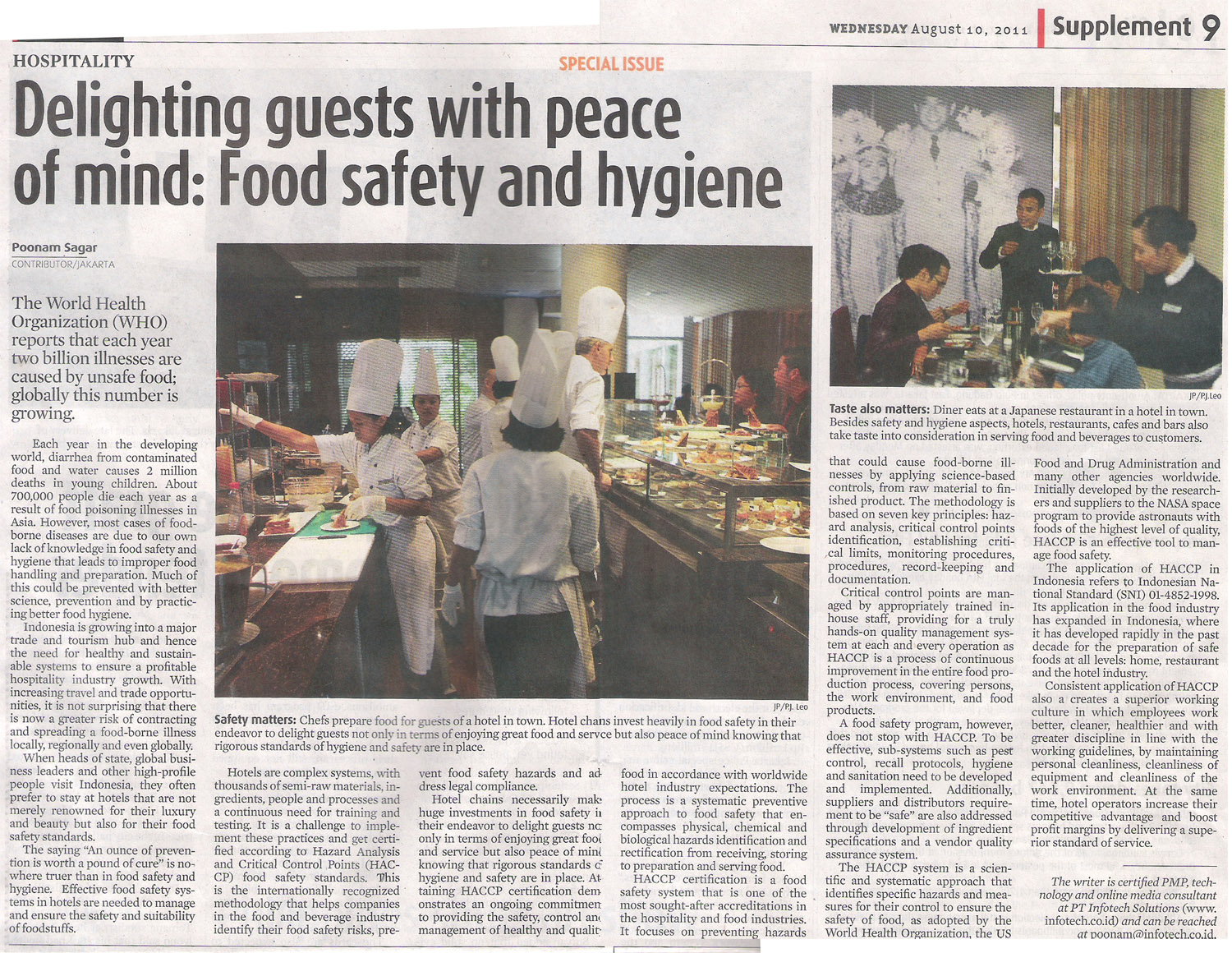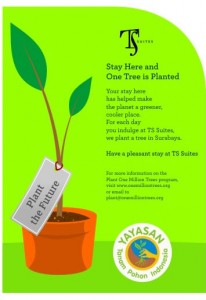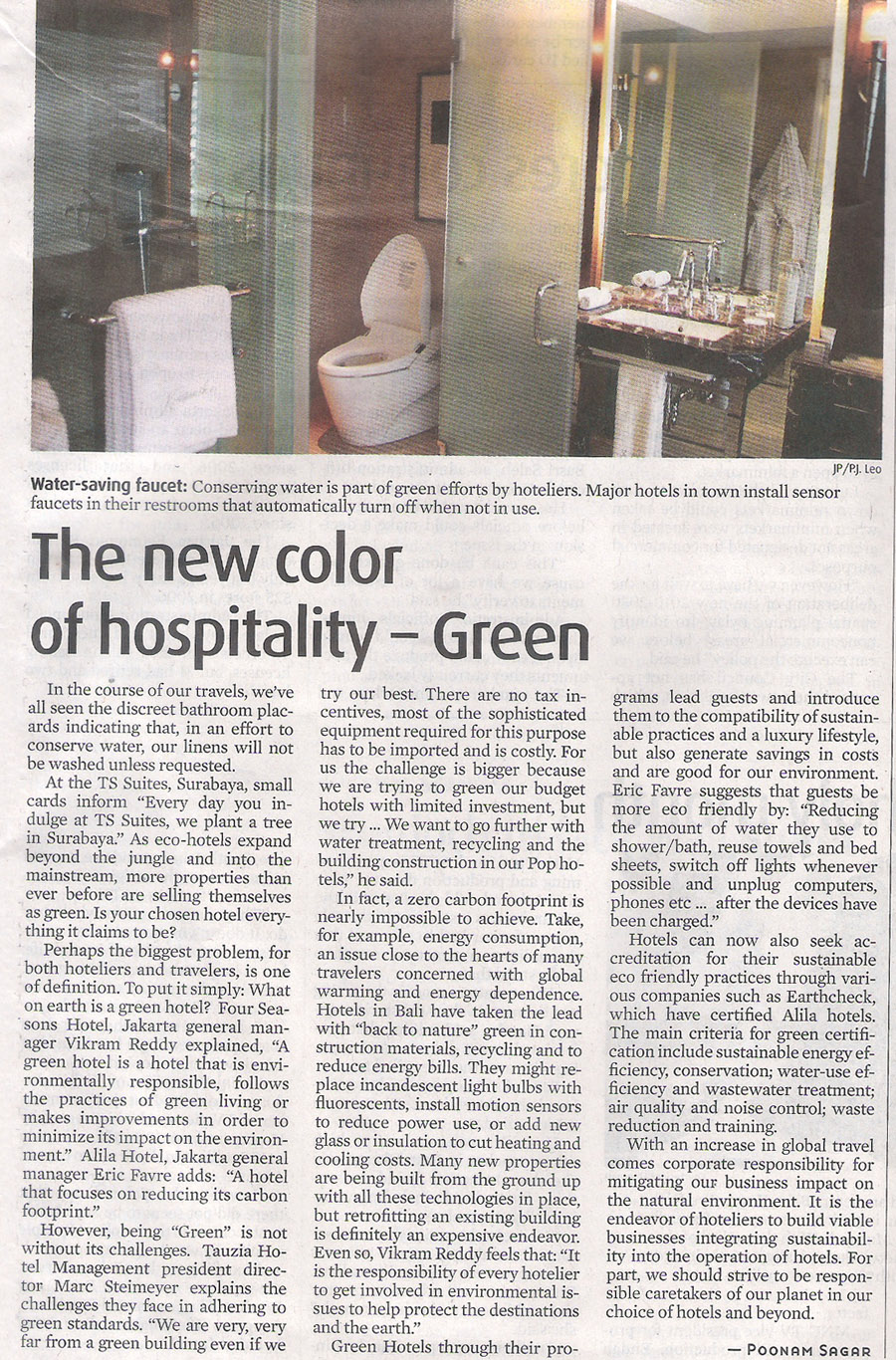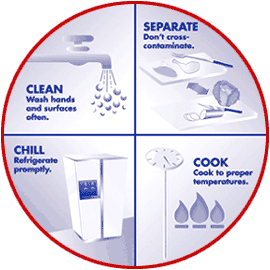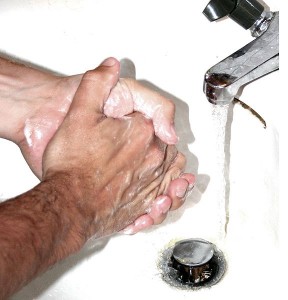Will printed books like audio cassettes and VHS become a thing of the past? EBooks, which are simply books that have been digitized, are gaining in popularity with integrated online stores, an extensive range and an aggressive price policy to outsell paper books in the last few years. This trend is aided, in no small measure, by the development of eReader devices and tablet PCs with inbuilt Wi-Fi to full color LCD displays.
I have read more books in the last 2 months than in the last 2 years and it is all because of my eReader – Amazon’s Kindle. My ever growing print book collection was running out of shelf space and travelling always meant a bag full of books. Now I can carry thousands of books with me and also have them available on multiple devices on the cloud.
EBooks are simply another step in the evolution of literature through technology. With the numerous offerings through software applications and hardware devices, it has never been so easy to actually grab just about any book off the web and be into the first chapter within minutes. Talk about instant gratification.
Compared to a print book, eReaders offer increased functionality such as dictionary look up for words, as you read and even digital highlights and notes. Textbooks publishers adapt to the eBook revolution and have begun offering customizable and hyperlinked text. These also allow for the inclusion of such things as video, charts, graphs, and other interactive elements that enhance the learning process. Other great features are text-to-speech functionality where the book is read out aloud or the capability to customize the font size for reduced eye strain. Wi-Fi and 3G features allow posting a favorite passage on Facebook, buying a new eBook, or to synchronize your reader with other devices on which you have been reading the same title. The interactivity of eBooks with the web provides possibilities beyond the static attributes of print books.
For publishers and authors, eBooks are a brave new world, where it is easier than ever for an author to self publish their work with no printing or storage costs. The cheaper cost of eBooks and availability of thousands of free books from sites like Project Gutenberg and Google Books encourages more and more people to convert from print to digital books.
EBooks are bound by copyright restrictions and DRM(digital rights management). Ebooks like the traditional print books cannot be photocopied, sold to a used book store, given to a friend, and so on. In the future, it is possible that some e-book formats could become obsolete and unreadable as the companies that supported them go under, whereas a print book can be read until the paper rots.
The print book may never die but eBooks are eco-friendly with the convenience of thousands of books in less space than a single softcover!
Reading via eReaders becomes less about the device, and more about the content that is provided within. So, should you get an inexpensive e-ink reader or go for a more versatile color tablet depends on what you are looking for. Do you just want to read books? How about magazines and newspapers? What about browsing the Web? Want to add multimedia to the mix–music, audio books, or video? Do you need Flash support? E-mail and messaging? Gaming?
While basic, no-frills E-Ink models have a great almost paper like display and a comfortable reading experience, the LCD screens found on all tablets are bright, colorful, beautiful displays which are best for digital colorful books and magazines. If you don’t have a problem staring at your laptop or LCD monitor screen for hours on end and enjoy reading Web sites, magazines, and newspapers, and if you want support for interactive children’s books, you will want to go with color.
Experts are convinced that both breeds of devices – tablets and eReaders – are at the early stages of evolution and will undergo significant changes with the trend clearly in the direction of more usability, connection to mobile networks, and color. The book industry that we know and understand today will continue to thrive, but it will be transformed by eBooks and eReaders. It is an exciting new chapter for books.

A Kindle is???

